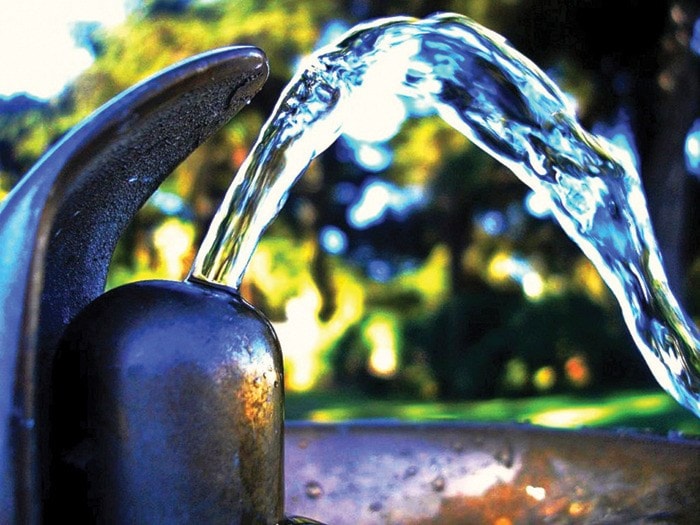Construction costs for the next phase of the city’s new drinking water system may trigger a potential shortfall greater than city staff originally expected.
Ron Neufeld, the city’s general manager of operations, said staff projected a $1.2 million shortfall in April prior to having design drawings for phase two of the project – construction of a pump station and treatment building.
Since then, Neufeld said, “staff have received the 90 per cent design drawings, complete with updated cost estimates for the balance of the project.”
Upon review, Neufeld said city staff are now projecting the shortfall to be more in the neighbourhood of $1.75 million.
Neufeld pointed out, though, that final costs for phase two won’t be determined until the project goes out tender later this summer.
Neufeld did warn council, however, that the design work that has been completed so far does give the city the highest degree of confidence in overall project costs it has had to date.
Council has set aside $26.2 million to construct a new water intake system. To date, $9.15 million is available to complete the project which is being constructed in phases.
At Monday’s council meeting, Mayor Andy Adams said he wanted to “send a word of caution” that council should stick within its approved budget, even if that means putting other projects off until later years.
“I would certainly advocate that we take a look at reprioritizing the capital works program (rather) than going into debt financing,” Adams said.
At a council meeting last month, though, Adams acknowledged that the first phase of the project, which was recently completed, was under budget and could help offset the second phase which is running over budget.
Part one of the second phase –construction of a deep water intake and associated wet well or caisson – was awarded by council last month to Aecon Frontier Kemper Joint Venture for $7.47 million which includes a 15 per cent contingency.
Neufeld said the price came in “higher than (staff) were anticipating” because of the specialized nature of the work.
The city has elected to go with a trenchless system that requires specialized resources. A micro-tunnelling boring machine launched from a well will drill a new water pipe from the caisson directly into John Hart Lake roughly 12 metres below the lake’s water surface level.
The next step in the project will be the pump station and water treatment building with construction on that phase expected to get underway this October and lasting one year.
At Monday’s meeting, Coun. Charlie Cornfield said he wanted to stress that the potential shortfall is partly a result of a change in the scope of work.
“There’s been some design changes, things that were beyond the city’s control. (BC) Hydro changes the level of (John Hart Lake) and so we have to go further out to the lake in order to gather the water,” Cornfield said. “To me, I think it’s important for the public to know it’s not a cost overrun but a change in the work that’s necessary.”
In 2014, the city had to go back to the drawing board after it became apparent that the original method of a deep excavation connection to John Hart Lake wouldn’t work. The city had to quickly change course and come up with an alternate plan.
The city is facing strict time constraints to get the project done. Under an agreement with BC Hydro – which has committed to pay 75 per cent (up to a maximum of $18.25 million) of the project costs – the new system has to be up and running by the end of December, 2017 before Hydro turns the taps off.
The system needs to be in place by the end of 2017 as BC Hydro will be cutting off the city’s water supply in January of 2018.
Hydro is removing the three penstocks that currently deliver the city’s drinking water from John Hart Lake as part of its John Hart Generating Station replacement project.
To date, the city has completed phase one of the project – the installation of approximately two kilometres of welded steel water main pipe running underground between the chlorination facility and the intersection of Brewster Lake Road and Highway 28.
